On the eve of a group exhibition featuring eight of India’s most prominent names, artist and curator of the show, Vivan Sundaram reminisces about how events shaped his art at different junctures
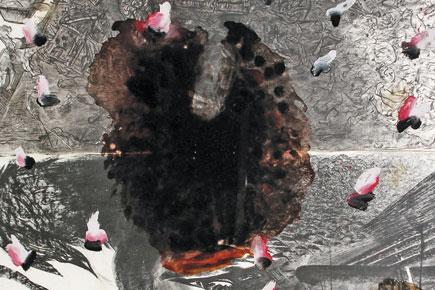
Vivan Sundaram's work from 1991 titled, Eclipse
![]() Starting tomorrow, The Journey is the Destination, at the Jehangir Nicholson Gallery at Chhatrapati Shivaji Maharaj Vastu Sangrahalaya will trace the journey of eight artists juxtaposing their recent and earlier works. The idea behind the show is that in each case the difference or distance between the work in the collection and the recent work would offer insight into the transformation of the artist. The show displays works by Anju and Atul Dodiya, Baiju Parthan, Nalini Malani, Sudhir Patwardhan, Sunil Gawde, Vivan Sundaram and Zarina Hashmi. Artist and curator, Vivan Sundaram tells Kamini Sawhney, curator, Jehangir Nicholson Gallery, CSMVS, about his work over the years.
Starting tomorrow, The Journey is the Destination, at the Jehangir Nicholson Gallery at Chhatrapati Shivaji Maharaj Vastu Sangrahalaya will trace the journey of eight artists juxtaposing their recent and earlier works. The idea behind the show is that in each case the difference or distance between the work in the collection and the recent work would offer insight into the transformation of the artist. The show displays works by Anju and Atul Dodiya, Baiju Parthan, Nalini Malani, Sudhir Patwardhan, Sunil Gawde, Vivan Sundaram and Zarina Hashmi. Artist and curator, Vivan Sundaram tells Kamini Sawhney, curator, Jehangir Nicholson Gallery, CSMVS, about his work over the years.
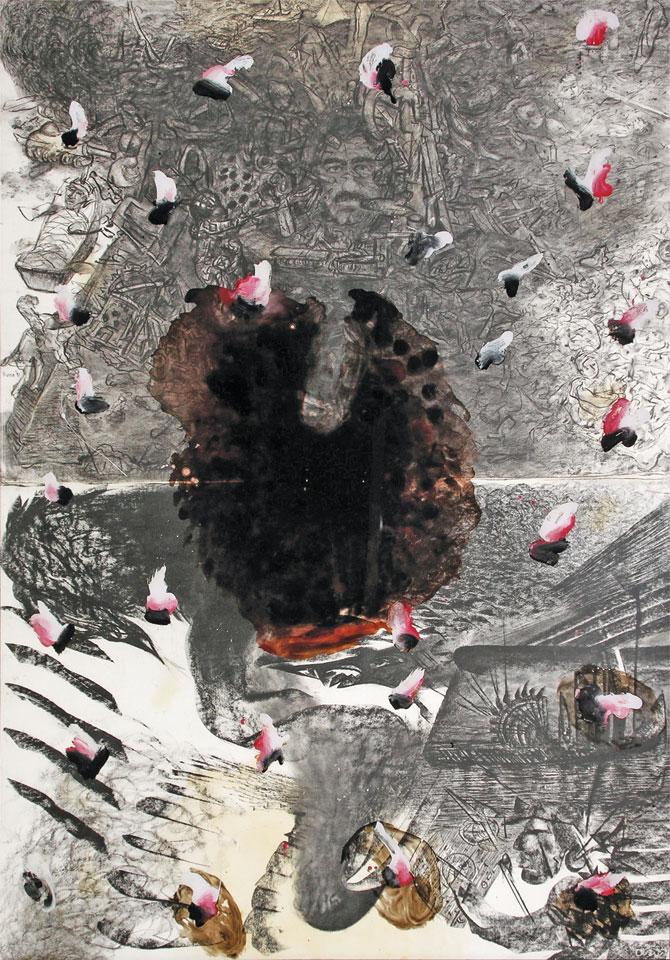
Vivan Sundaram’s work from 1991 titled, Eclipse
ADVERTISEMENT
Vivan Sundaram, From Eclipse, 1991 until To Draw a Line, 2007: Eclipse, 1991 was the beginning of a change taking place in my practice and is a combination of drawing and reverse painting. This followed with the exhibition Engine Oil and Charcoal: Works on Paper, 1991. In this series, I sought to establish a more active relationship between used engine oil and drawing.
This possibly marked my earliest attempts to move into three-dimensional works. The use of oil and charcoal triggers multiple associations — an indispensable resource, a global commodity and an artistic medium as well. This series was a response to the first Gulf War and the global turmoil that it sparked.
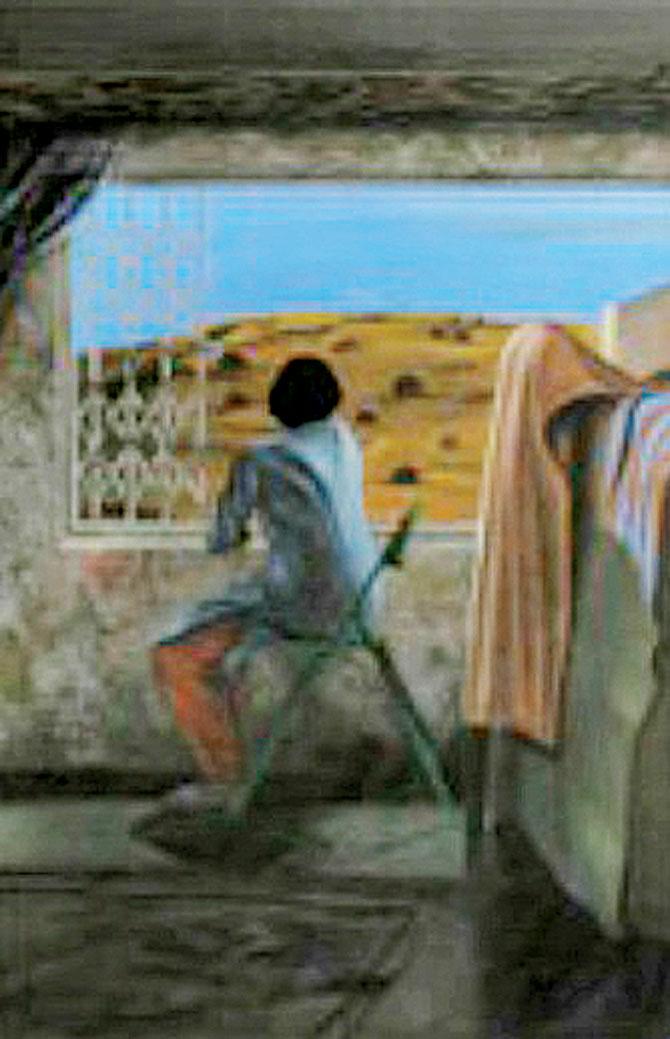
Earth, Atul Dodiya’s work from 1992
There were many reasons for the change. This was a period when Soviet communism opened itself to a market economy and neo-liberal capitalism made its entry; television was the new presence in people’s homes, the BJP was on the rise and we witnessed the demolition of the Babri Masjid. These were dramatic developments and many artists responded with total shifts in their practice.
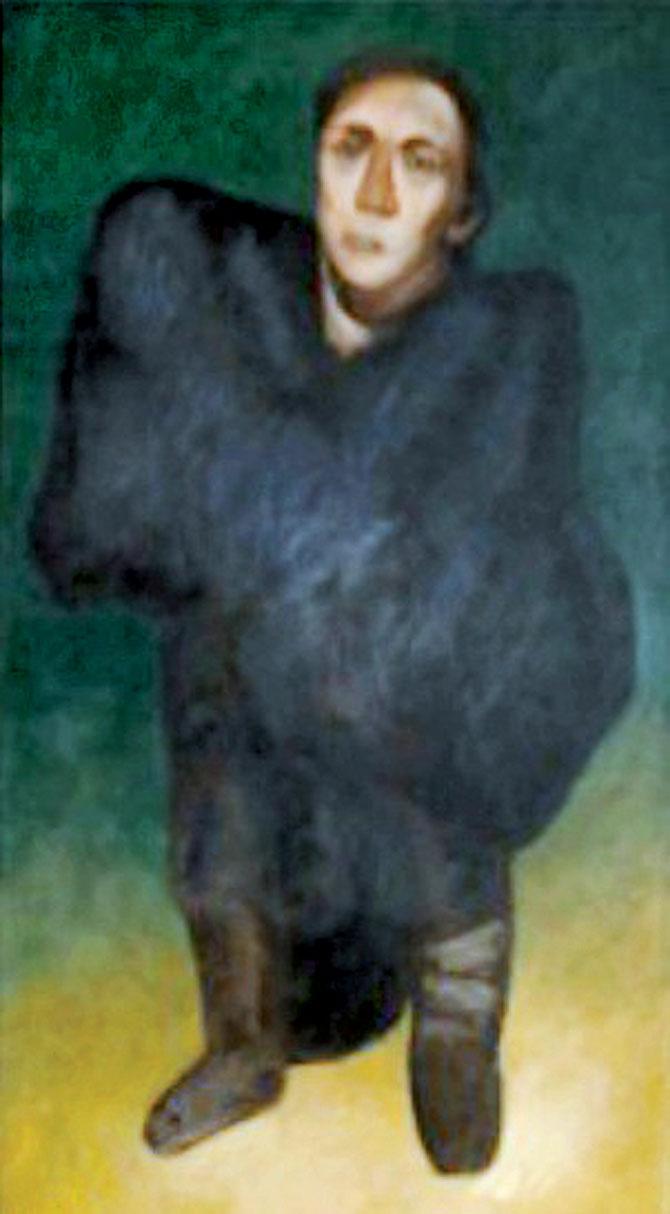
Migrant, a work of Sudhir Patwardhan from 2009. Pics courtesy/Jehangir Nicholson Gallery - The Journey is the Destination
Rumanna Hussain’s Question: Is it What You Think, was the title of the exhibition at the Kiran Nadar Museum of Art, which fore-grounded the radical change to installation art. My Memorial, 1993-2013 was included in this show. Till then, there was a resistance, a sort of self-imposed restriction to work in non-conventional mediums. Avant-garde was seen as western, but this kind of work was being done globally in countries of Latin America, Africa and Asia as well.
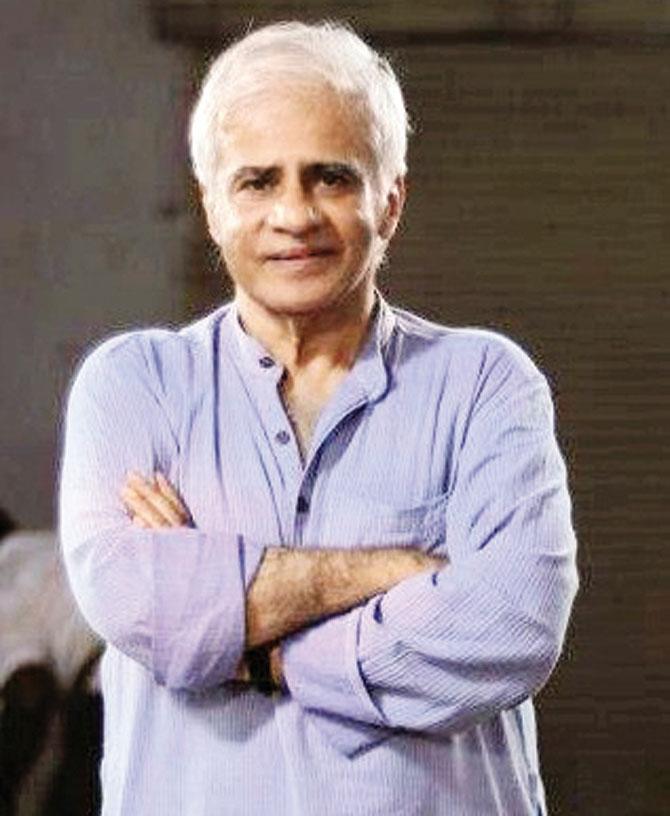
Vivan Sundaram
To Draw a Line is a video work that can be connected to my drawings. It was shot during a politically charged moment at the Faculty of Fine Arts, Baroda in 2007, where the BJP had barged in and removed a student’s work. The head of the Art History Department Shivaji Panikker was attacked. I proposed a forty-hour non-stop drawing workshop in the painting studio on the eve of the 60th anniversary of independence. Sixty-foot long sheets of Italian drawing paper lined the walls and floor. Artists and students were asked to draw all over and it became a multi dimensional thing — an expanded sort of mural where artists crossed over into each other’s work.
BB Suresh wandered over into KG Subramanyan’s drawing and it was a harmonious movement from one into another; an erasure of boundaries, where it was difficult to tell where one began and another ended. I used drawing as it allows the possibility of free, spontaneous relation to what is on the surface and the range of materials used.
The workshop was called To Draw a Line: In Memory of Bhupen Khakhar and Nasreen Mohamedi. It started on August 13, and ended on the evening of the following day. Anybody could come and be a part of it. As the day progressed, the momentum began to build. At the opening everyone was asked to tear the drawings. People were given two options — to bury or burn the ripped sheets. At midnight, Nehru’s independence speech was read. Through the workshop, drawing functioned as statement, activity as performance. There were several elements that were significant here — notions of erasure, of trace, of collaboration, of performance. There was no singular author to this project work. Many hands had come together to create it. A performance event comes to an end. It has served its purpose. A site-specific installation is usually destroyed. Its afterlife survives as the creative video document.
From: March 15 (opens: 5.30 pm) to June 30, daily: 10.15 am - 6 pm
At: CSMVS, Fort.
Call: 22029613
 Subscribe today by clicking the link and stay updated with the latest news!" Click here!
Subscribe today by clicking the link and stay updated with the latest news!" Click here!







